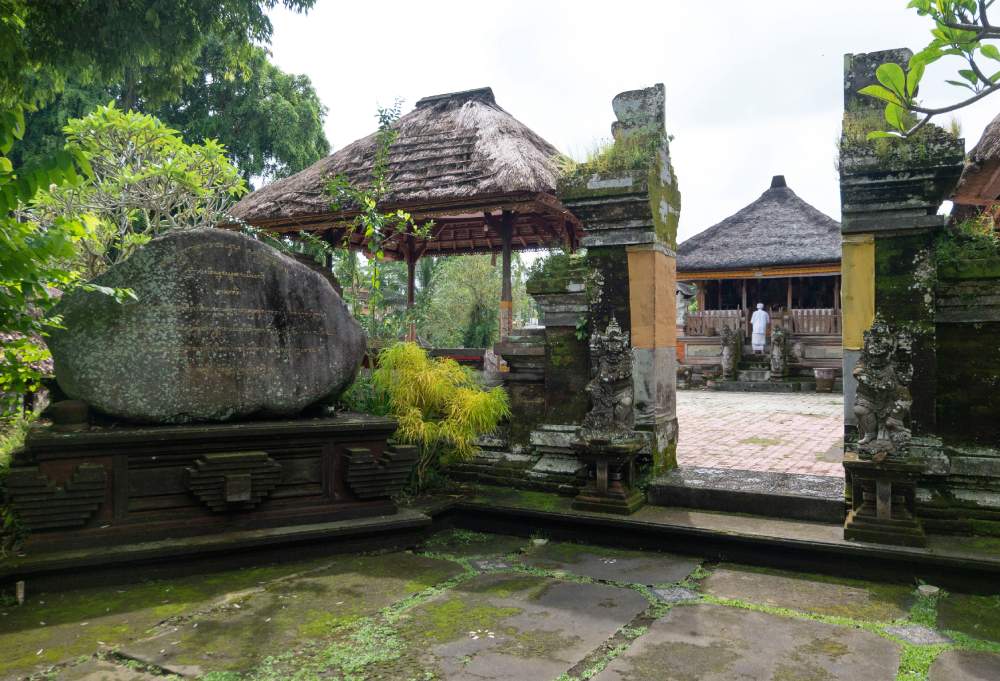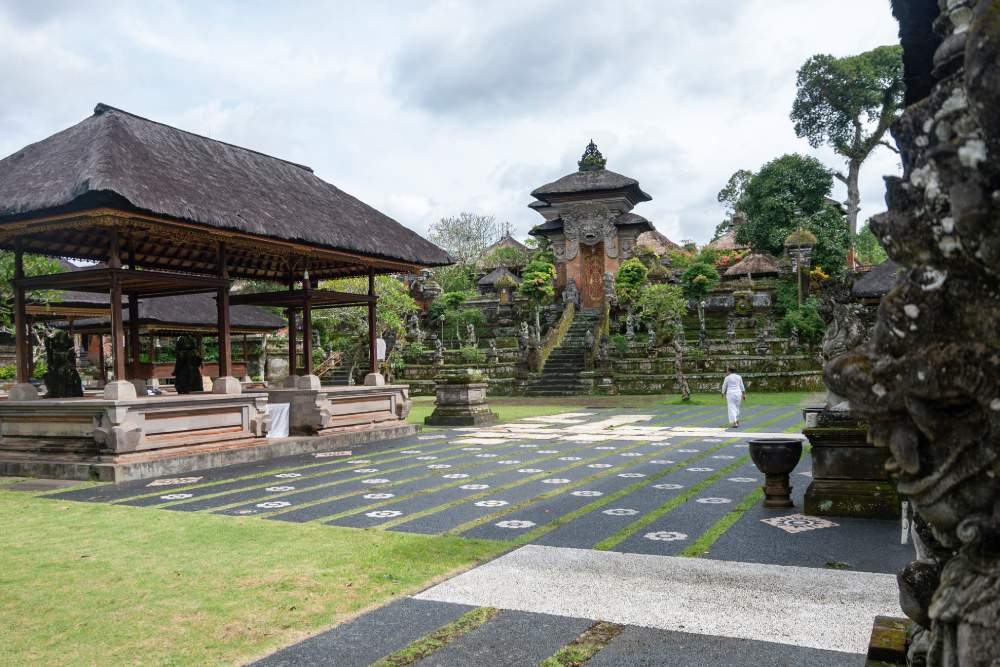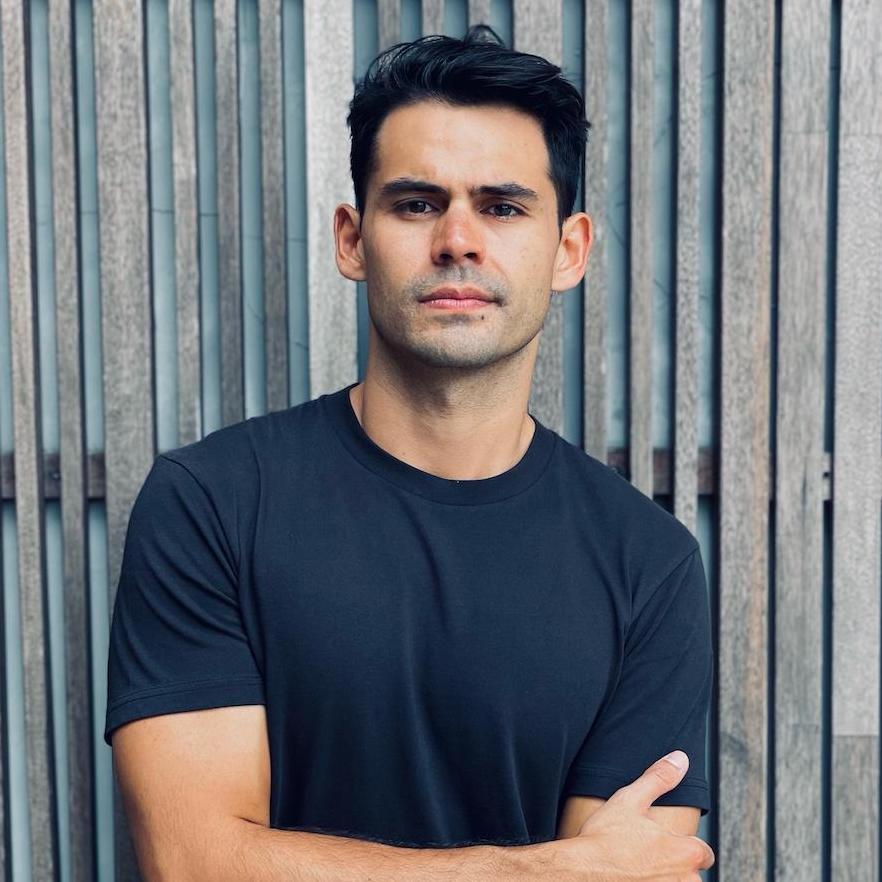
The structure, philosophy and positioning of a Balinese temple is no accident. It is well thought out, imbued with symbolism and the result of history. Pura Samuan Tiga is part of that history: a temple where wise men gathered centuries ago to unite Bali’s religious sects and redefine temple planning across the island.
Located in Bedulu, where the kingdoms of ancient Bali were once centred, the spacious Pura Samuan Tiga sprawls across the verdant terrain of inland Gianyar. According to ancient manuscripts (the Lontar Tatwa Shiva), the temple was built during the reign of King Candrabhayasingha Warmadewa, placing its construction sometime in the 10th century.
Initially, the temple’s name was Pura Gunung Goak, but this all changed after an important meeting took place there. Temples in Bali get their names because of a place, a purpose or indeed to commemorate an important moment: and the latter explains why Pura Gunung Goak became Pura Samuan Tiga. The clue is in the name: samuan means unity (sangkep) and tiga refers to three. The unity of the three.
During the Ancient Bali Era — i.e. the period before the arrival of the Majapahit Empire — the island’s population were divided into nine sects, each with their own istadewata, or main deity. The rulers at the time, King Udayana Warmadewa and Queen Gunaprya Dharmapatni (also known as Mahendradatta), saw this as a potential for conflict and instability among their people and so proactively set about to bridge the divisions.
Queen Mahendradatta, who was of East Javan royalty, called for the assistance of the ‘Panca Pandita’, five legendary holy priests. Who came is a figure of legend in Bali, a name recognised to this day: Mpu Kuturan.

Mpu Kuturan called for a meeting amongst the sects, asking them to gather at the central temple (Pura Pentaran) of the kingdom, which was Pura Gunung Goak. From this gathering, Mpu Kuturan introduced the concept of Trimurti, a way to honour the three major deities: Brahma, Wisnu and Siwa. Out of this came the establishment of the ‘Kahyangan Tiga’ (three places of worship), a temple for each deity in every village: Pura Desa (village temple) for Brahma, Pura Puseh (centre temple) for Wisnu and Pura Dalem (death temple) for Siwa.
Through this new ‘architecture’ of temples and villages, the major sects could all be appeased, seeing a ‘home’ for their istadewata, and indeed finding a way to respect and pay homage to the istadewata of their neighbours.
Essentially, this special meeting unified the island under one practice and structure. The Trimurti philosophy and the Kahyangan Tiga are in practice to this very day, a millennium later, making this temple deserving of its name, Pura Samuan Tiga: the unity of three.










